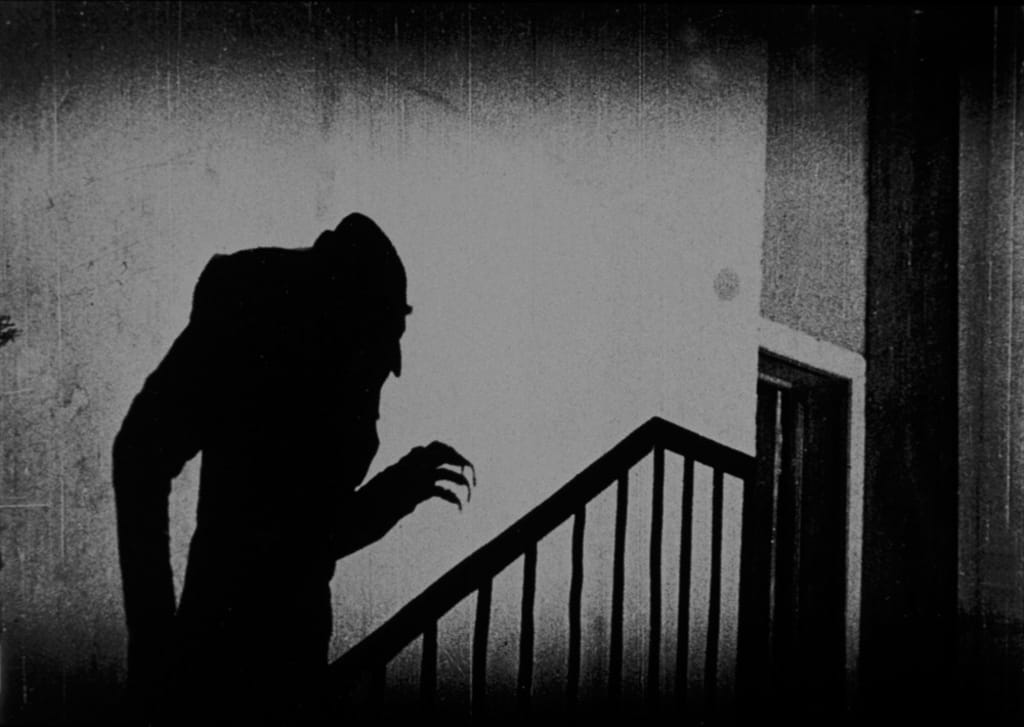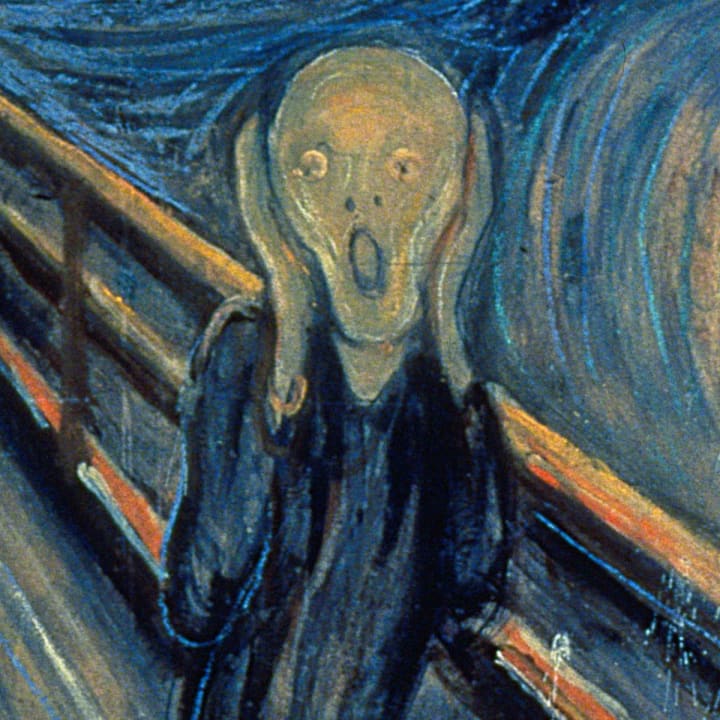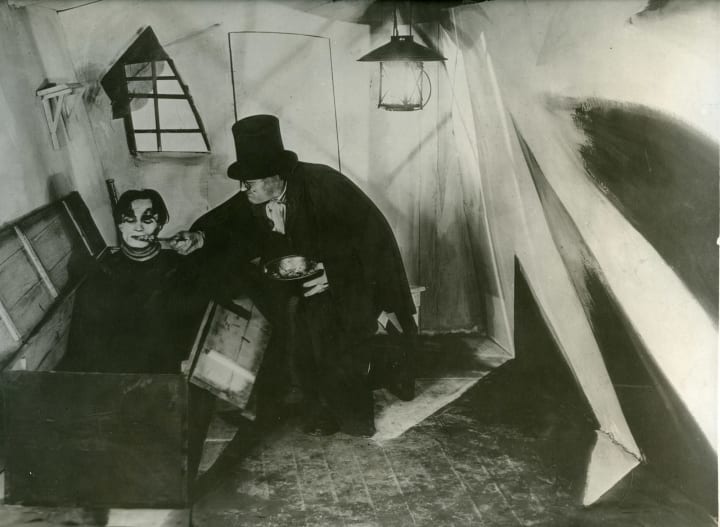A Filmmaker's Guide to: German Expressionism
Film Studies (Pt.6)

In this chapter of ‘the filmmaker’s guide’ we’re actually going to be learning about literature and film together. I understand that many of you are sitting in university during difficult times and finding it increasingly hard to study and I understand that many of you who are not at university or not planning on it are possibly stuck of what to do, need a break or even need to catch up on learning film before you get to the next level. This guide will be brief but will also contain: new vocabulary, concepts and theories, films to watch and we will be exploring something taboo until now in the ‘filmmaker’s guide’ - academia (abyss opens). Each article will explore a different concept of film, philosophy, literature or bibliography/filmography etc. in order to give you something new to learn each time we see each other. You can use some of the words amongst family and friends to sound clever or you can get back to me (email in bio) and tell me how you’re doing. So, strap in and prepare for the filmmaker’s guide to film studies because it is going to be one wild ride.
Expressionism

What is it?
During the War era of around the 1910s to the early 30s, Germany took the role of taking real world problems and creating outer-world metaphors out of them. Monstrosity of power, playing God and the bleakest outlook on life you've ever seen. It seems to be a revolt against the former and more prominent movement of 'realism' and 'hyper-realism' and shows how German Society is being belted down by the infamous Treaty given to them after World War One. Despite all of this, they got Hitler anyway and well, then all the directors of German Expressionism made a run for it (and rightly so).

There are a number of things to look for in artistic works when you're checking out German Expressionism are the following:
- Jagged lines and geometrical shapes
- Objects that are distorted from the thing they are supposed to be
- Contorted forms of setting and body
- Lurid colours for natural landscapes and settings
and in literature:
- Not using the standard meter(s) of poetry (poetry)
- Not using the standard sentence structures of poetry (poetry)
- The literary form and subject is organised around something symbolic rather than the realistic (literature as a whole)
And if you're more interested to see how this developed then please go and read the works of Franz Kafka. Especially his shorter works, they cover the different ideas and modern dystopias through symbolism that German Expressionism first came up with.

What about in film?
German Expressionist film is probably one of the most incredible film movements of the 20th century and is often considered the beginning of horror and noir. The watchlist may be films you have already seen but I'll be linking in some articles of mine that you can check out in order to look more at these films in detail:
- Nosferatu (1922)
- The Cabinet of Dr. Caligari (1920)
- Metropolis (1926)
- M (1931)
- Dr. Mabuse, The Gambler (1922)
- Faust (1926)
- The Golem (1920)
- The Man Who Laughs (1928)

The development of the German Expressionist movement was that it became most prominent during the late 20s and when the rest of the world, going through an economical boom, ignored Germany's plight and crushing debt from WW1. Germany felt abandoned and so, American writers came to concentrate on this, even though it was afterwards and in retrospect, we came to having more modern tragedy than ever. Possibly the most famous one was "Death of a Salesman" by Arthur Miller. A brilliant account of the modern man's plight against the ignorance of mid-society and his own poverty and failure. It's an upsetting story without redemption and definitely has qualities from the German Expressionist Movement.

During the 1930s, the Nazi Regime came to repress the German Expressionist Movement and yet, by then the Expressionist Ideas had already gotten out and influenced the likes of Franz Kafka, Arthur Miller and directors such as Sir Alfred Hitchcock and Carol Reed. Nazis really then, didn't get rid of it at all and to this day, German Expressionism is used in the films of Ari Aster, James Wan, Brian de Palma and others.
Here are some of my other articles you can read on the German Expressionist Movement and its cinema:
- A Filmmaker's Guide to: Nosferatu (1922)
- A Filmmaker's Guide to: The Cabinet of Dr. Caligari (1920)
- A Filmmaker's Review: "M" (1931)
Hopefully, this will help you in understanding German Expressionism in more detail. And, if you would like to see how this has impacted modern cinema then you can read these articles I also wrote a while back:
- A Filmmaker's Guide to Gothic and Place in Horror
- A Filmmaker's Guide to the American Gothic Genre
Hopefully, you can make various connections for yourself between the 'then' and 'now' of the the gothic, expressionist and symbolic nature of the films. When we recognise German Expressionism, it isn't really enough to just see that it is there - but the main thing we need to do is see how this is representative of the time and place in which the filmmaker/author/poet/artist exist(ed). So, hopefully from this historical and social context, you can begin with the films of the 20s and see how this could possibly be representative of the German lifestyle in the midst of the crippling debt of World War One.
Further Reading:
About the Creator
Annie Kapur
200K+ Reads on Vocal.
English Lecturer
🎓Literature & Writing (B.A)
🎓Film & Writing (M.A)
🎓Secondary English Education (PgDipEd) (QTS)
📍Birmingham, UK






Comments
There are no comments for this story
Be the first to respond and start the conversation.